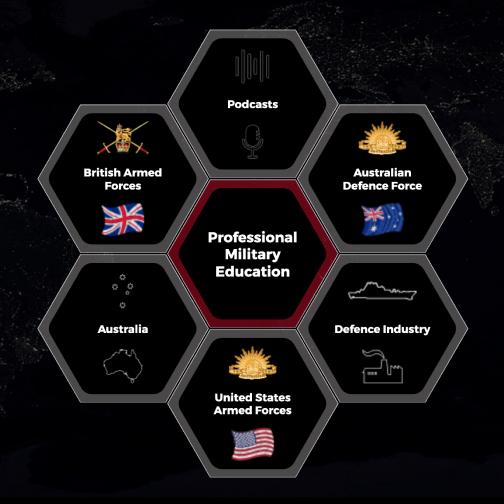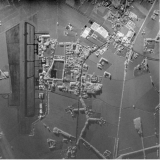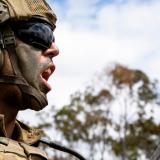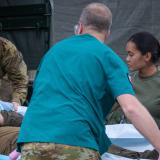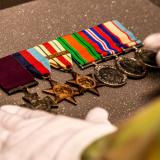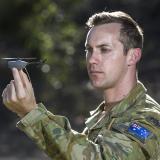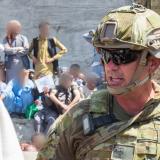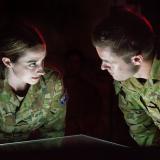Search results for "no1 vin các game nổ hũ uy tín【1bmw.fun】,FqD"
Showing 1514 results
Non-Monetary Incentives and Retention in the ADF: How to Achieve a ‘Quick Win’ Through Broader Medallic Recognition
… are likely to appeal to some serving members, yet they are only … that ‘the top 10 [reasons for leaving the ADF] are dominated by … old, recent publications by serving ADF members have also focused …
< 15 mins
